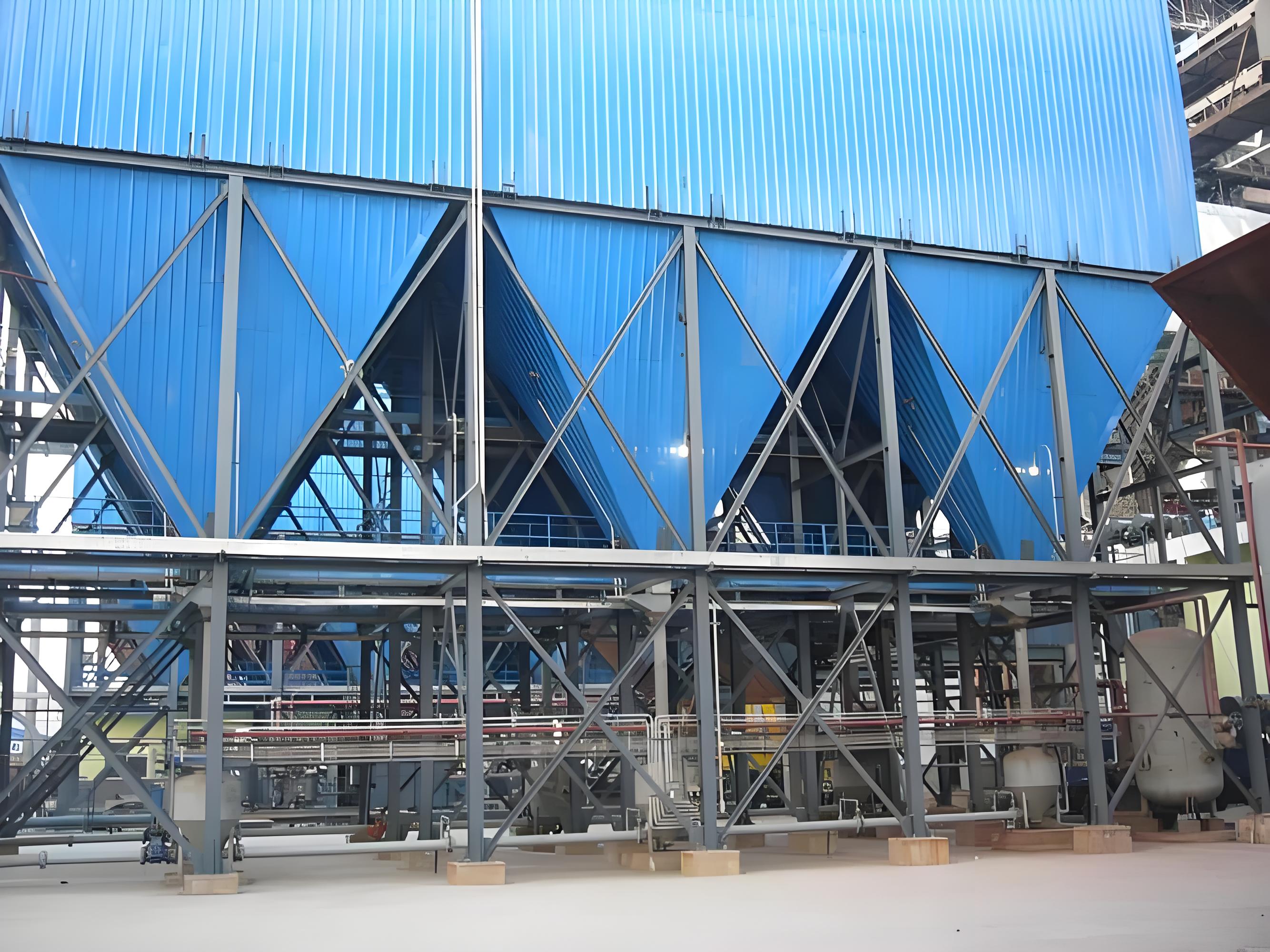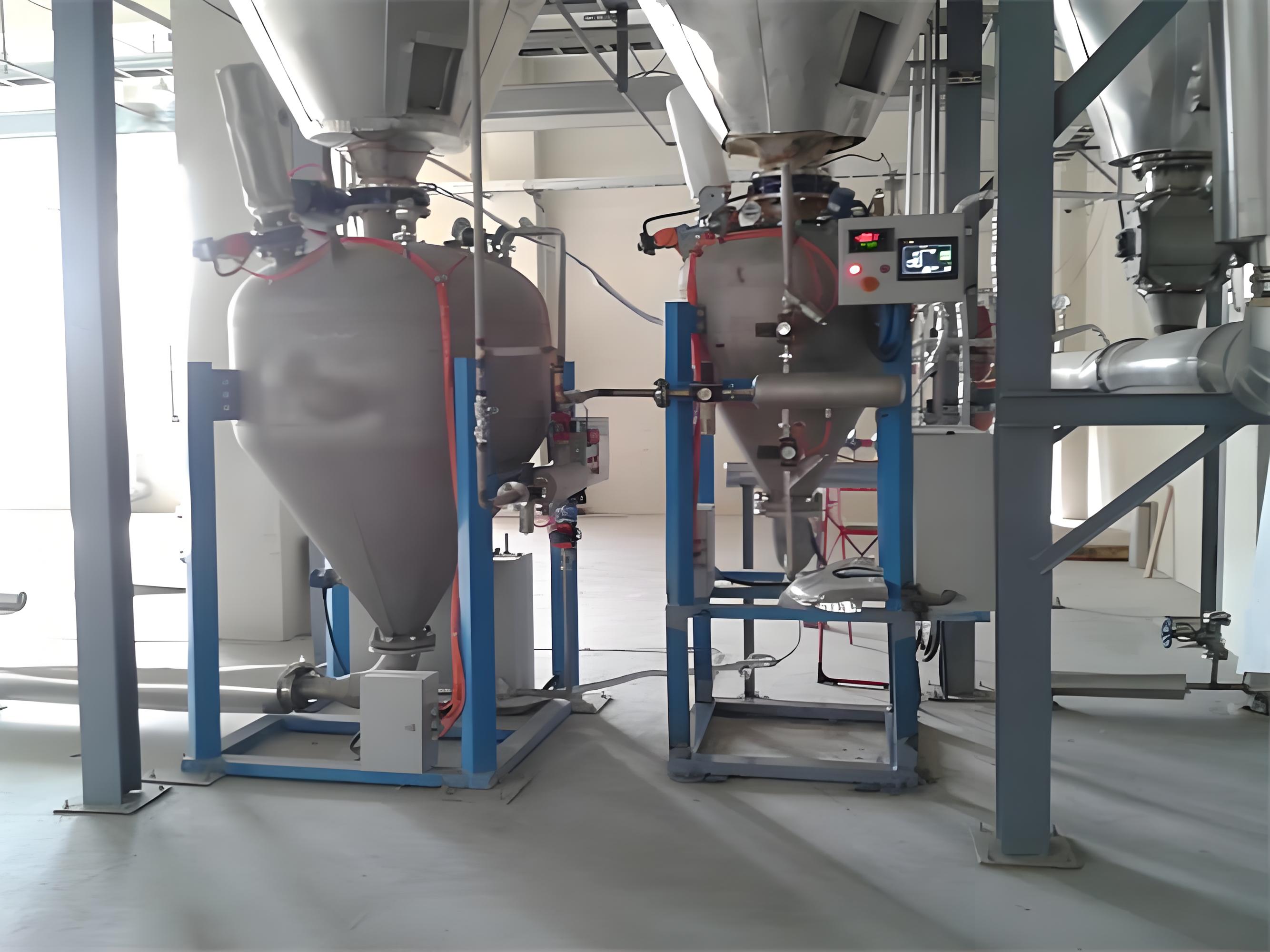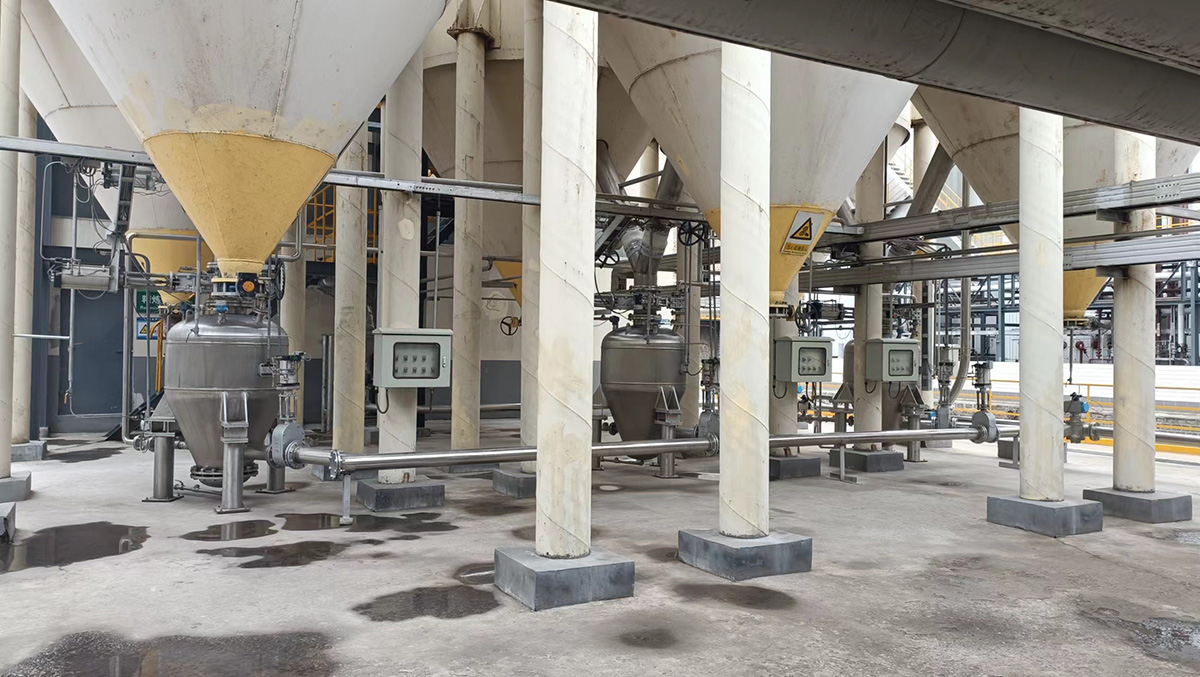Shandong Dongkai can provide a complete set of warehouse pump conveying systems.
Warehouse pump, also known as warehouse pneumatic conveying pump, uses high-pressure dense phase pneumatic conveying method with air compressor to transport granular materials. It is suitable for conveying granular materials and can arrange conveying pipelines according to specific terrain to achieve centralized, dispersed, high height, and long-distance conveying. The equipment is equipped with an automated control panel, which can achieve manual and automatic control. The automatic control adopts PLC automatic control for conveying. It has stable performance, reliable quality, and no dust pollution, making it an ideal pneumatic conveying equipment.
Shandong Dongkai can provide a complete set of warehouse pump conveying systems.
Warehouse pump, also known as warehouse pneumatic conveying pump, uses high-pressure dense phase pneumatic conveying method with air compressor to transport granular materials. It is suitable for conveying granular materials and can arrange conveying pipelines according to specific terrain to achieve centralized, dispersed, high height, and long-distance conveying. The equipment is equipped with an automated control panel, which can achieve manual and automatic control. The automatic control adopts PLC automatic control for conveying. It has stable performance, reliable quality, and no dust pollution, making it an ideal pneumatic conveying equipment.
The warehouse pump feeding system is divided into three types based on different materials and working conditions: medium inlet, lower inlet, and upper inlet. The tank body of the warehouse pump belongs to a pressure vessel and needs to be regularly inspected for safety to ensure normal use.
The working process of the warehouse pump is divided into four stages:
Feeding stage: The feeding valve and exhaust valve are opened, and the material freely falls into the pump body. After the material is full, the level gauge sends a signal, and the feeding valve and exhaust valve automatically close, completing the feeding process;
Fluidized pressurization stage: Open the inlet valve, compressed air enters the upper and lower parts of the pump body, the upper part is pressurized, and the lower part of the air diffuses through the fluidized bed, making the material in a fluidized state, while the pressure inside the pump rises;
Transportation stage: When the pressure inside the pump reaches a certain value, the pressure gauge or pressure switch sends a signal, the discharge valve automatically opens, the material fluidization on the fluidized bed is strengthened, and transportation begins. The material inside the pump gradually decreases, and at this time, the material on the fluidized bed is always in a state of fluidization and transportation;
Blowing stage: When the material in the pump is transported and the pressure drops to the resistance of the pipeline, the pressure gauge or pressure switch sends a signal, and the ventilation continues for a certain period of time. The compressed air cleans the pipeline, and then the inlet valve is closed. After a certain period of time, the discharge valve is closed and the inlet valve is opened to complete a conveying cycle.
This system selects the appropriate conveying tank style based on the user's specific materials and on-site layout, to meet the on-site working conditions of long-distance and large conveying capacity.


